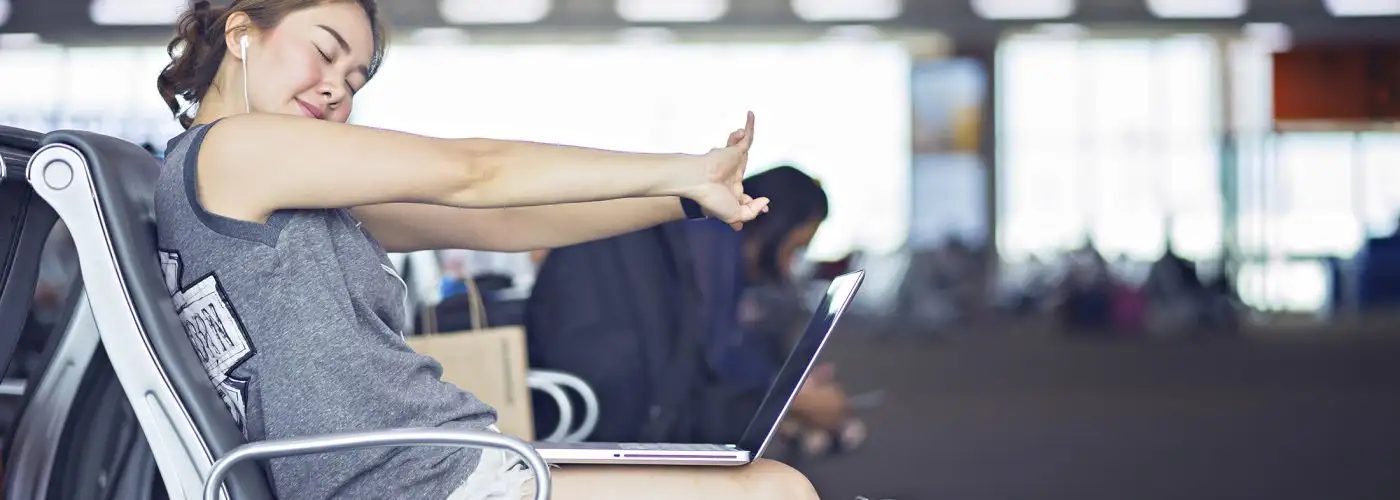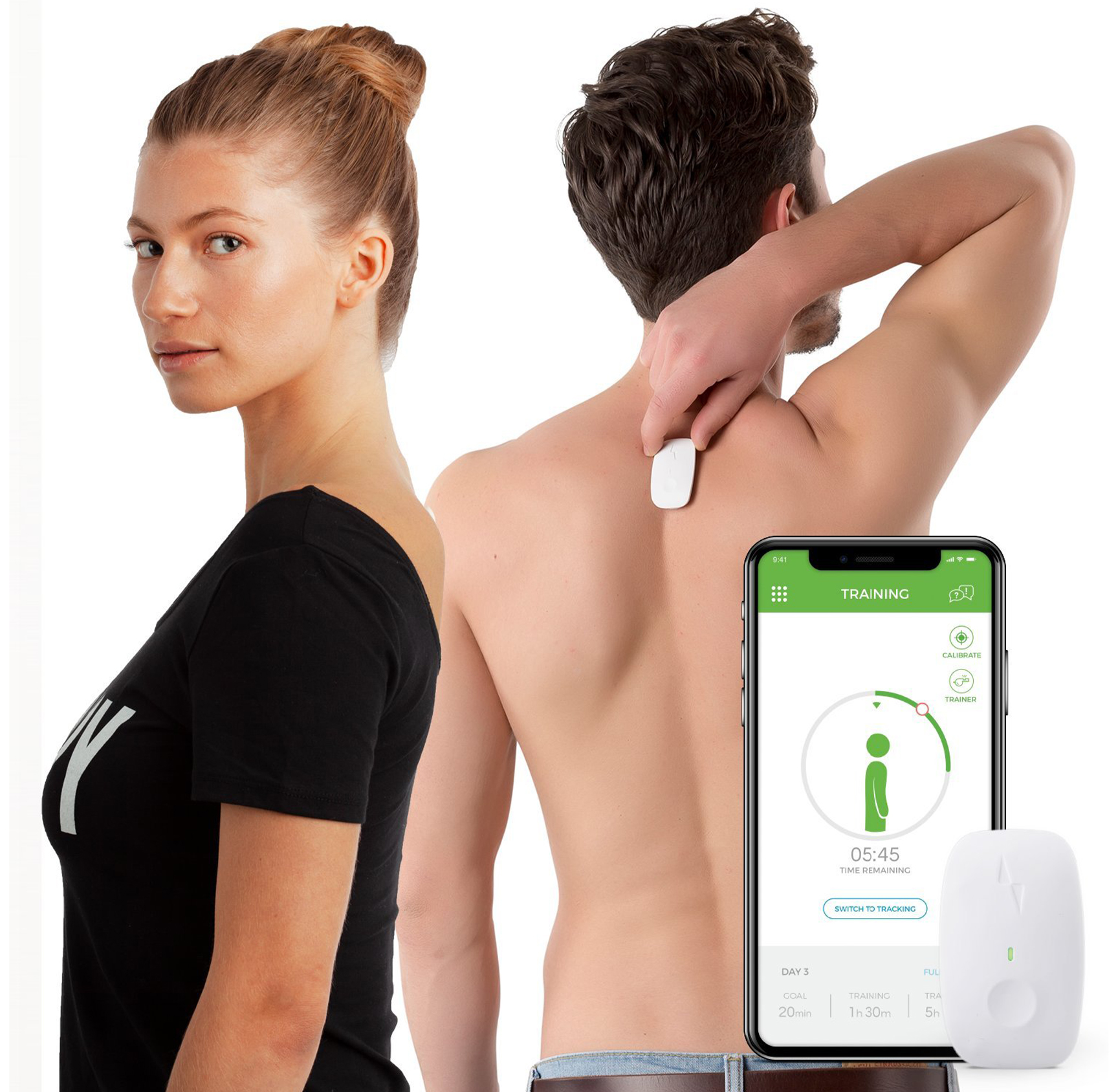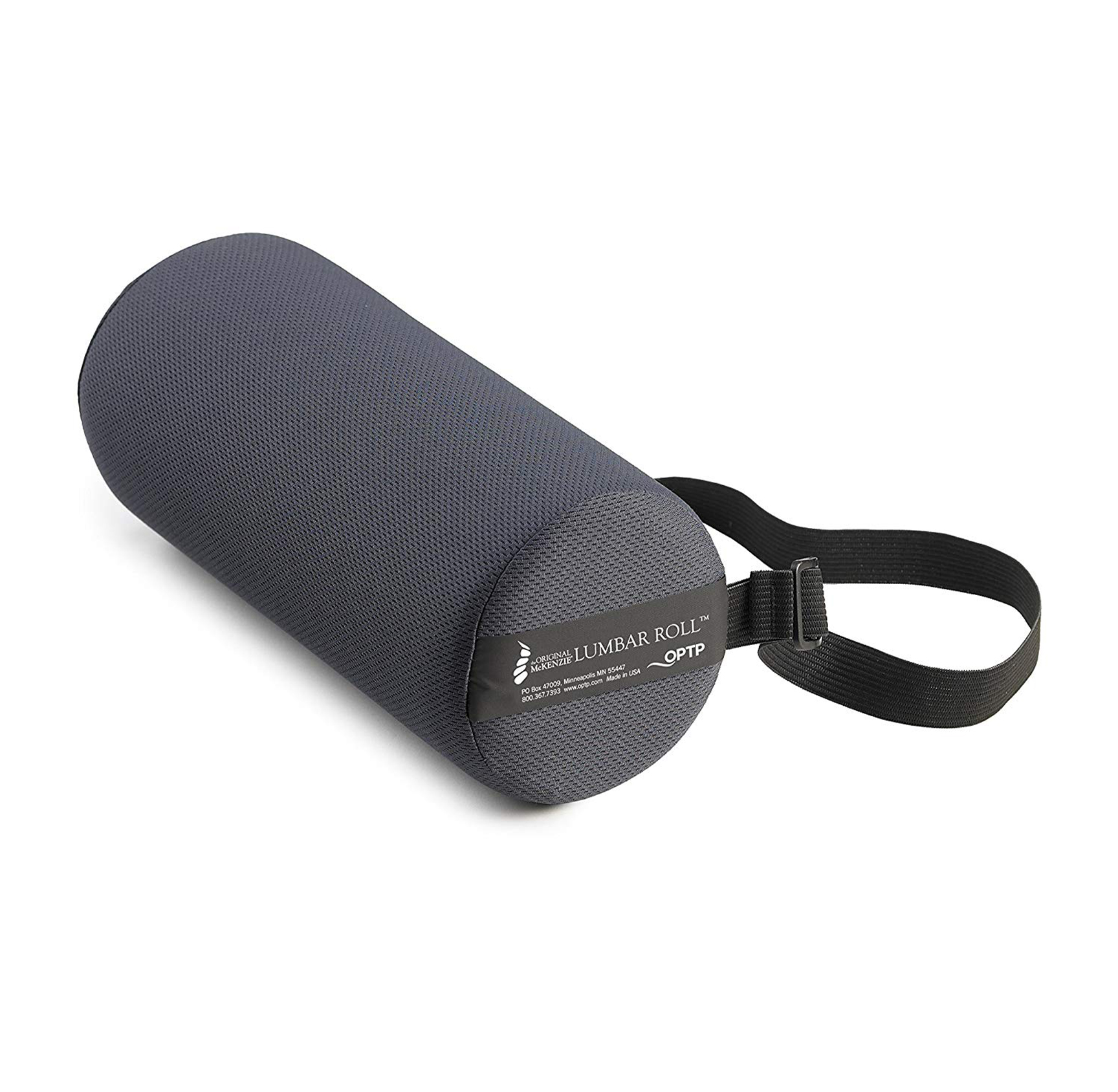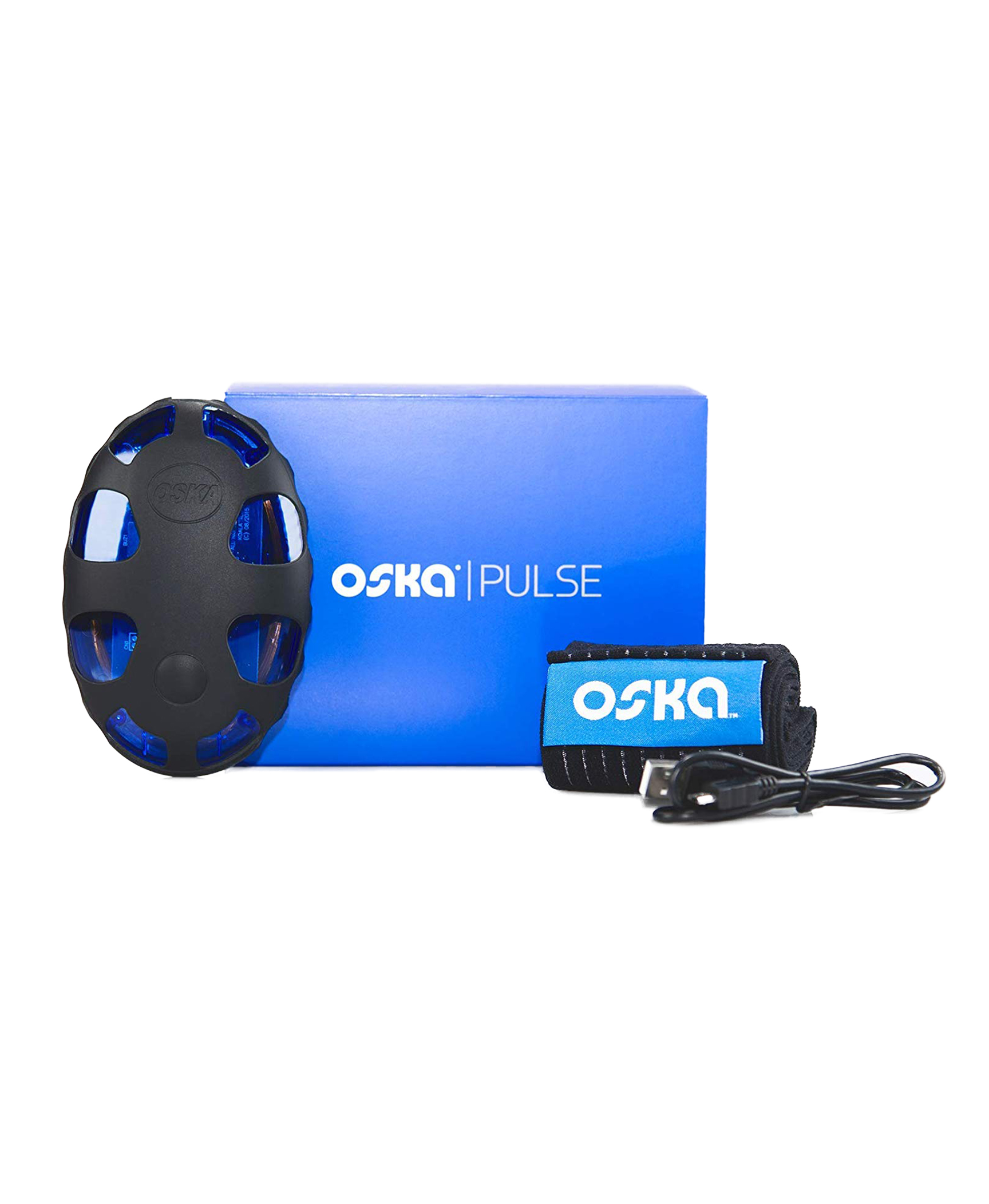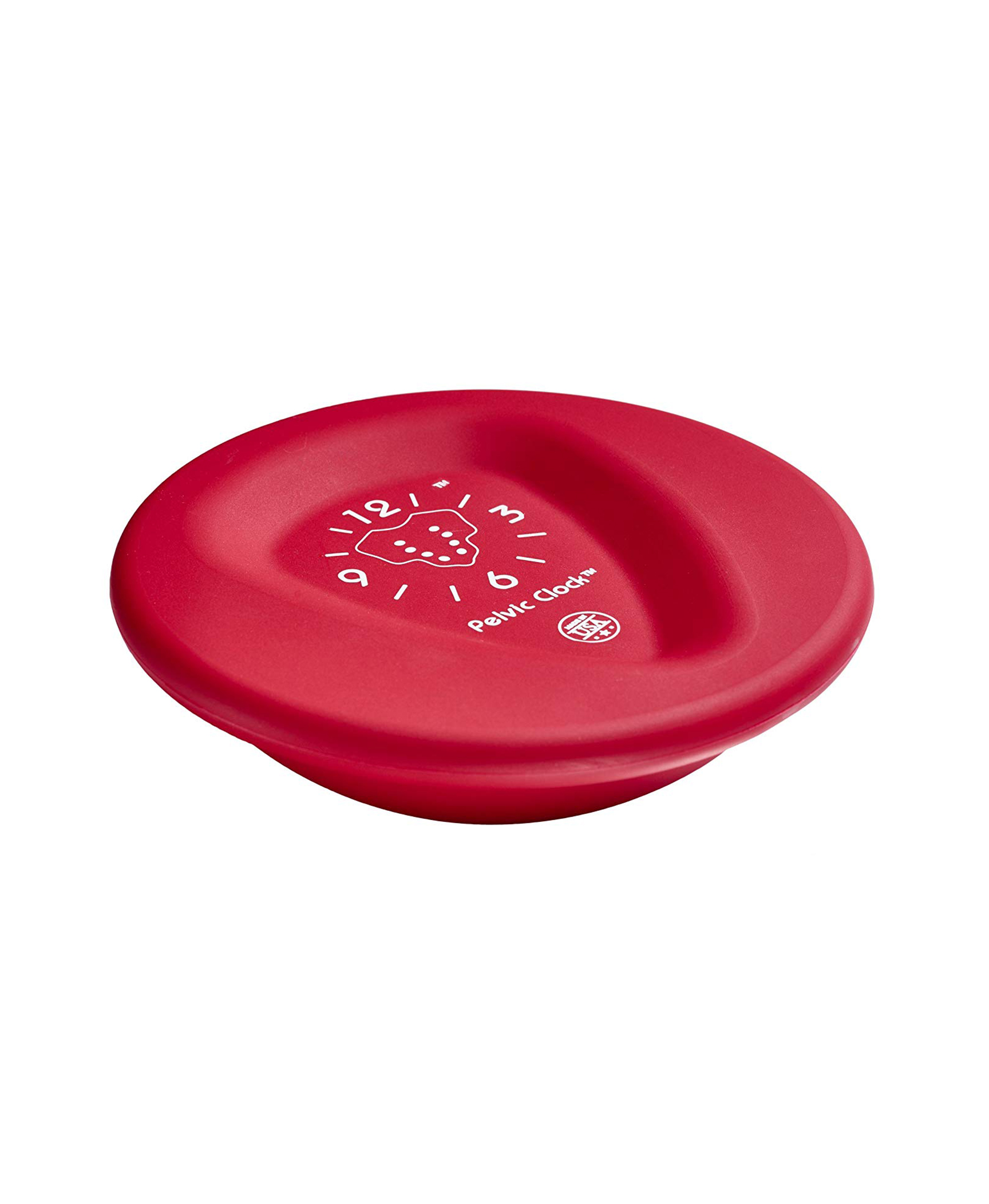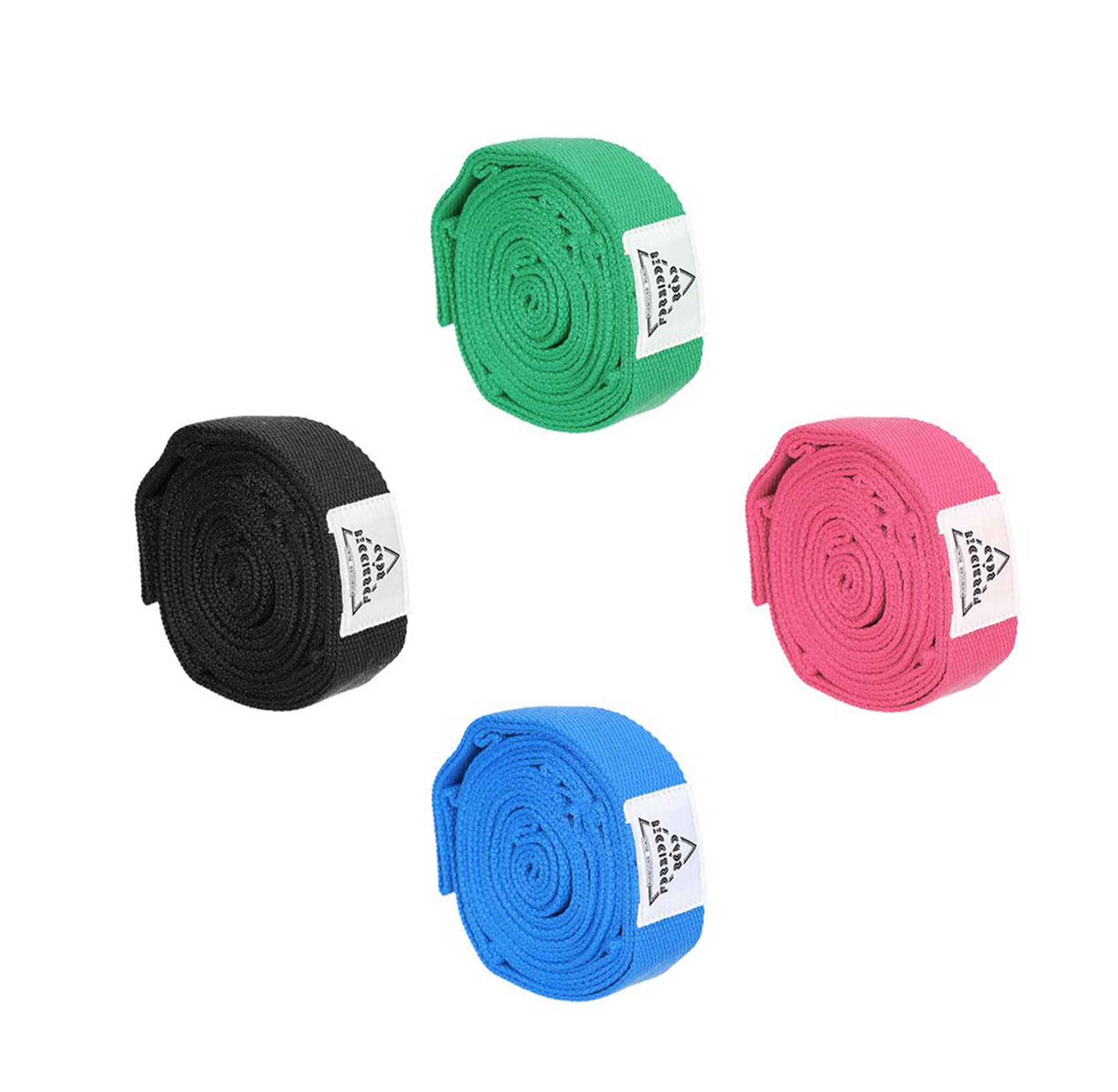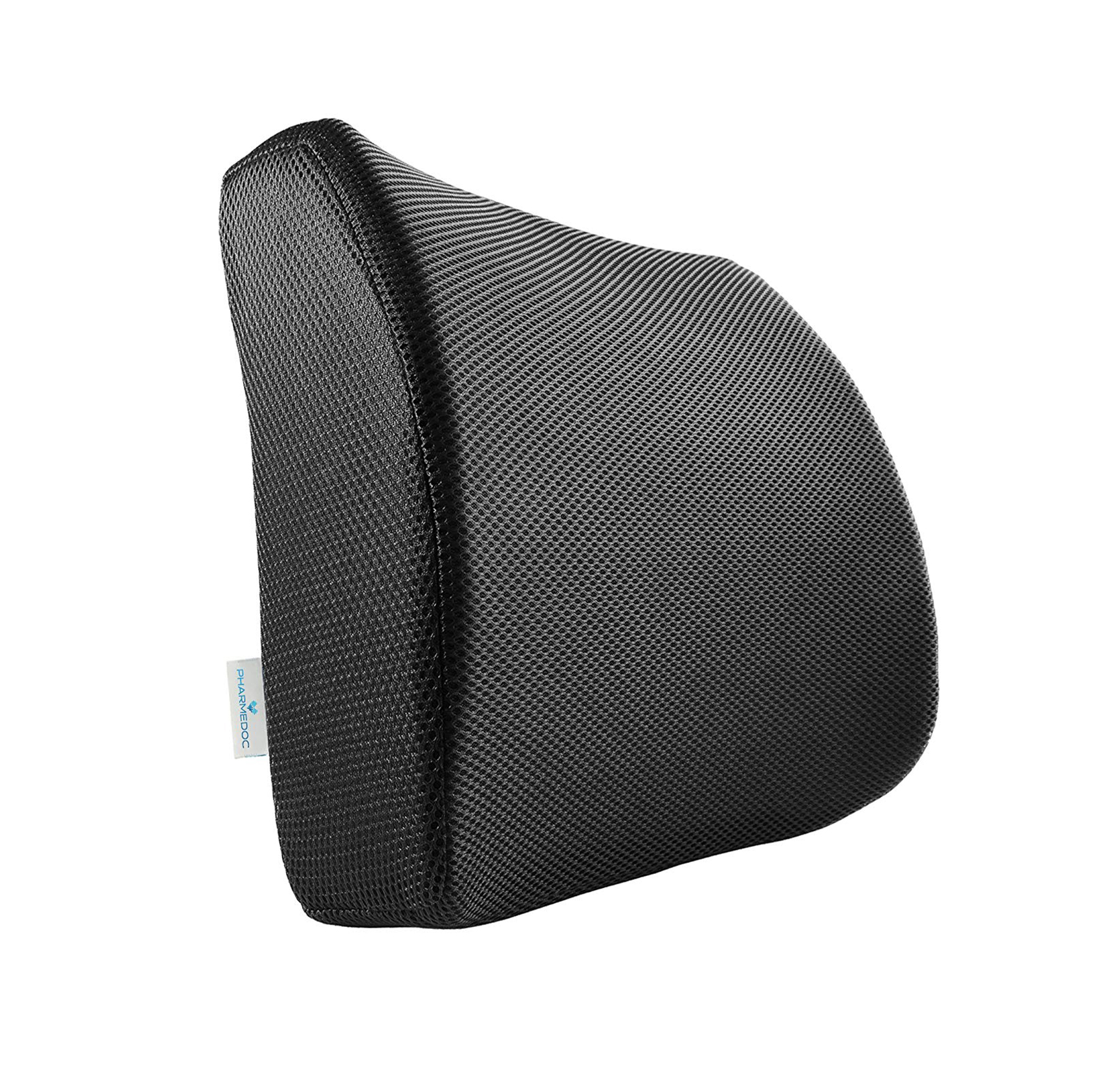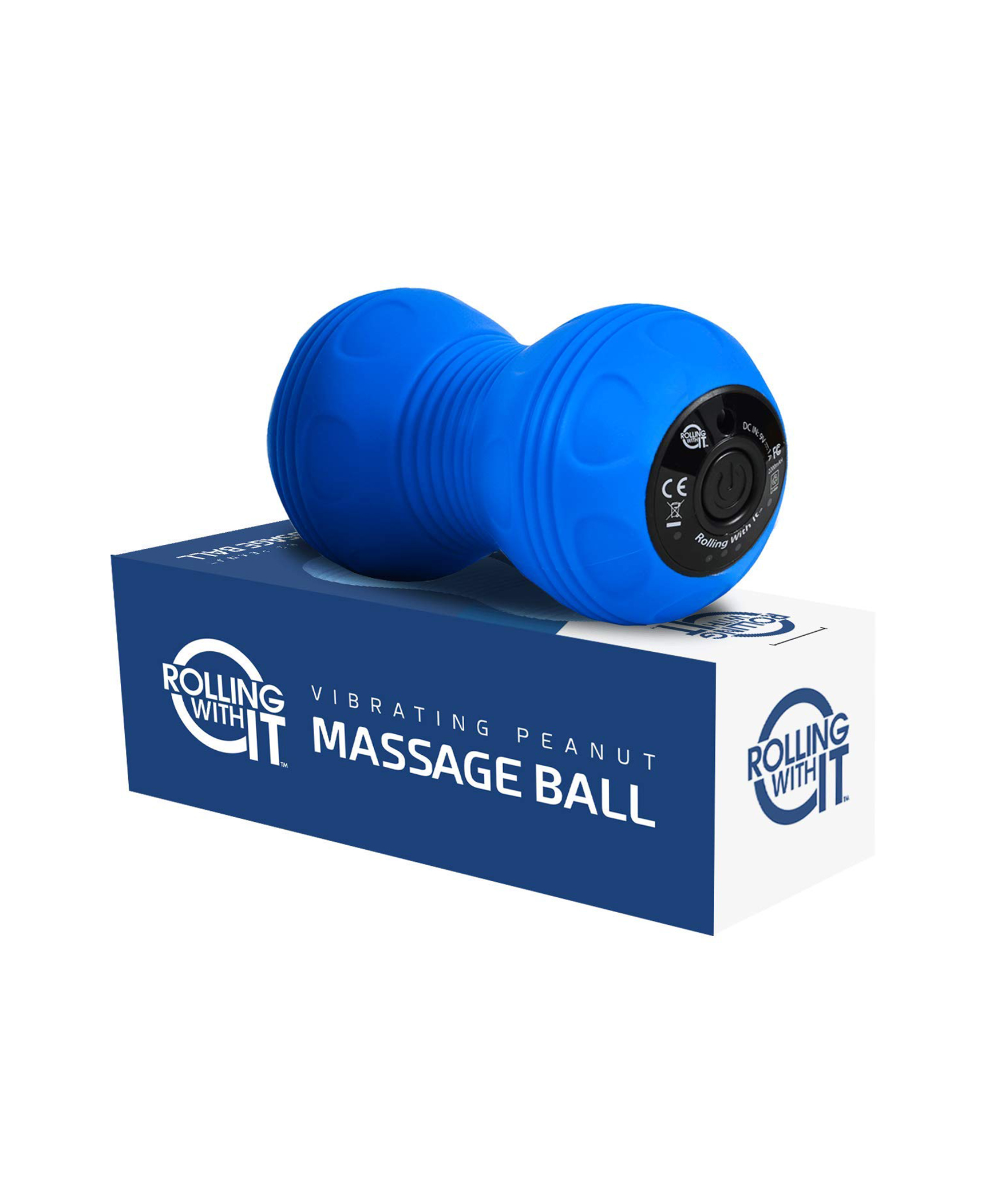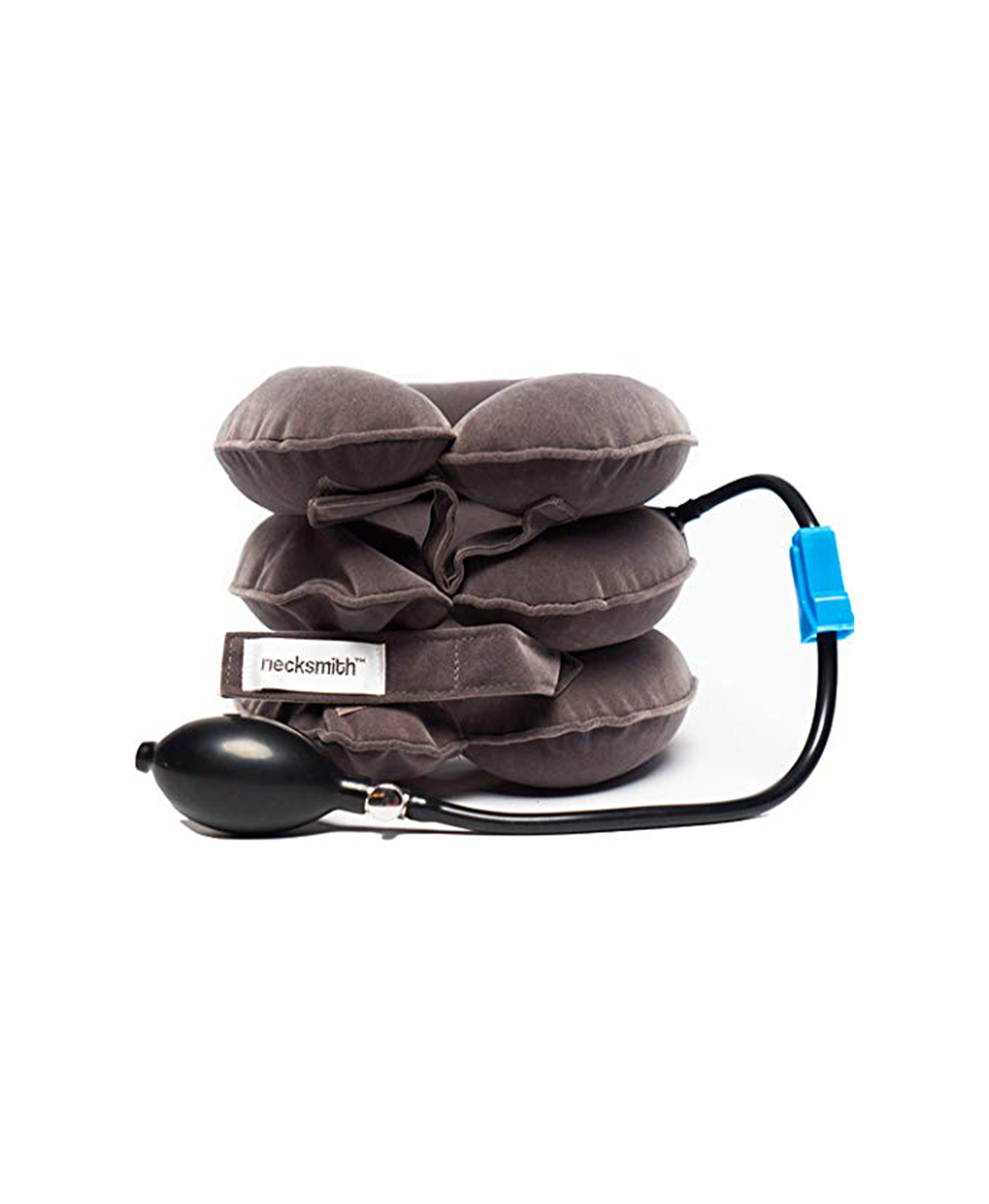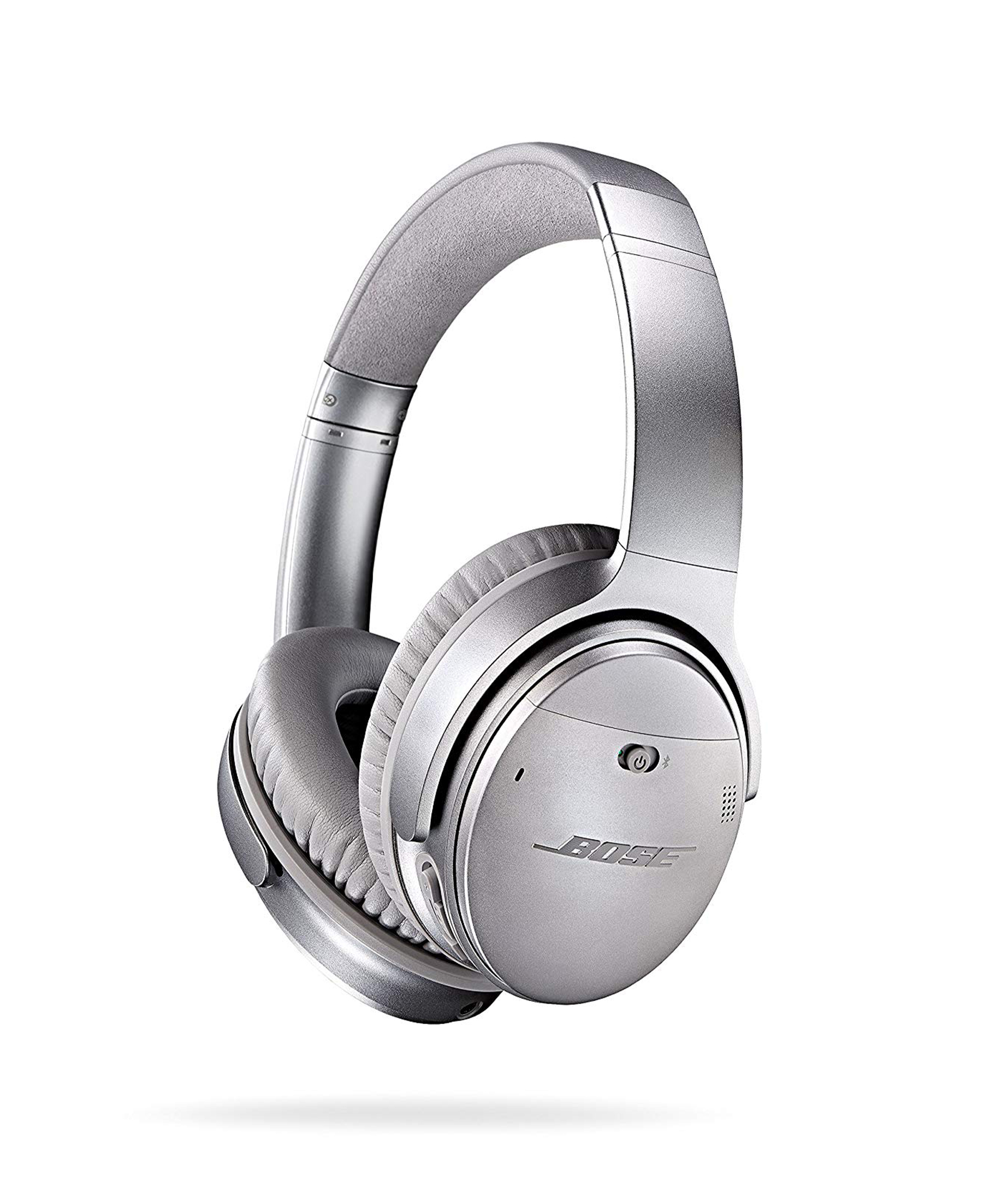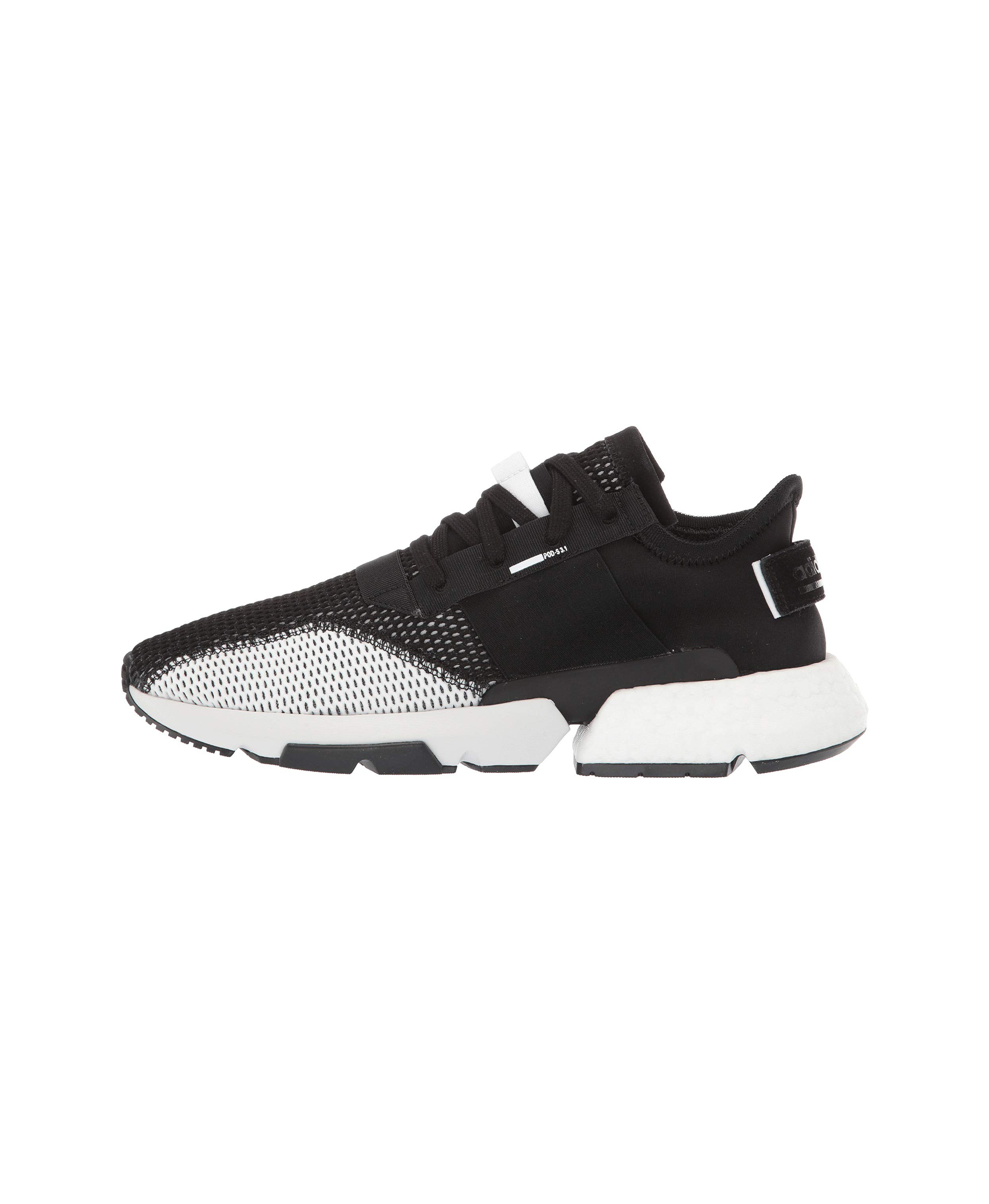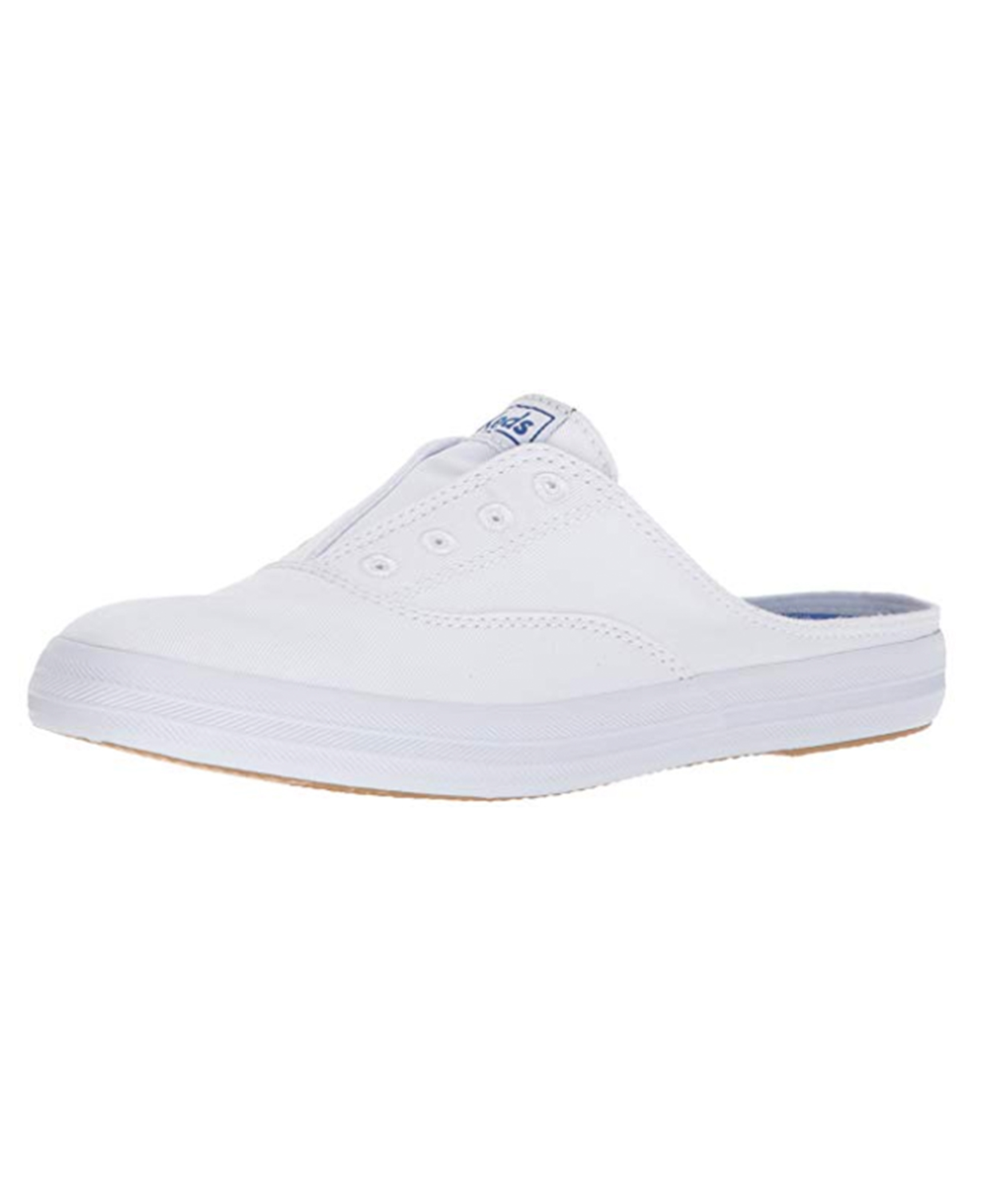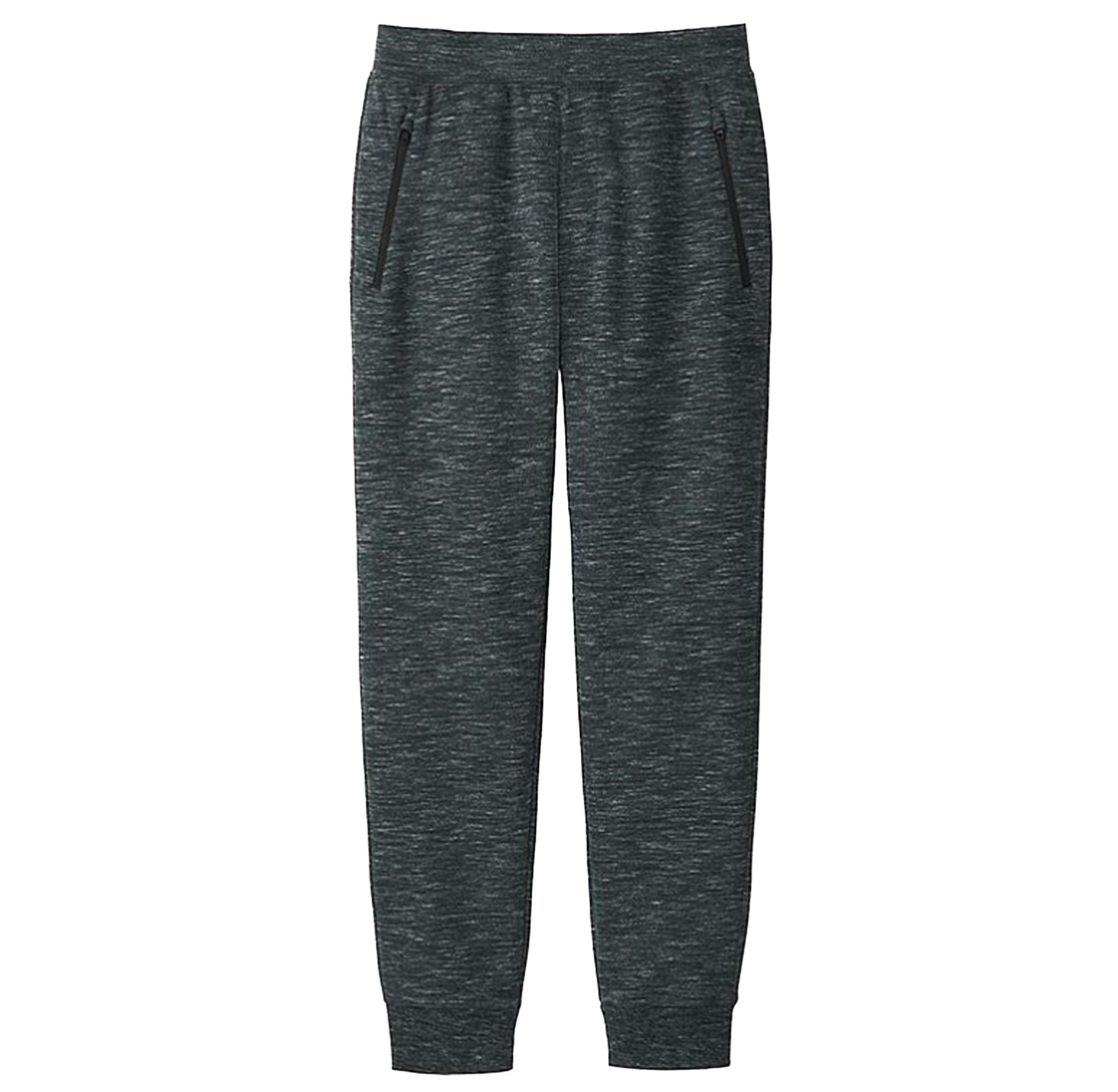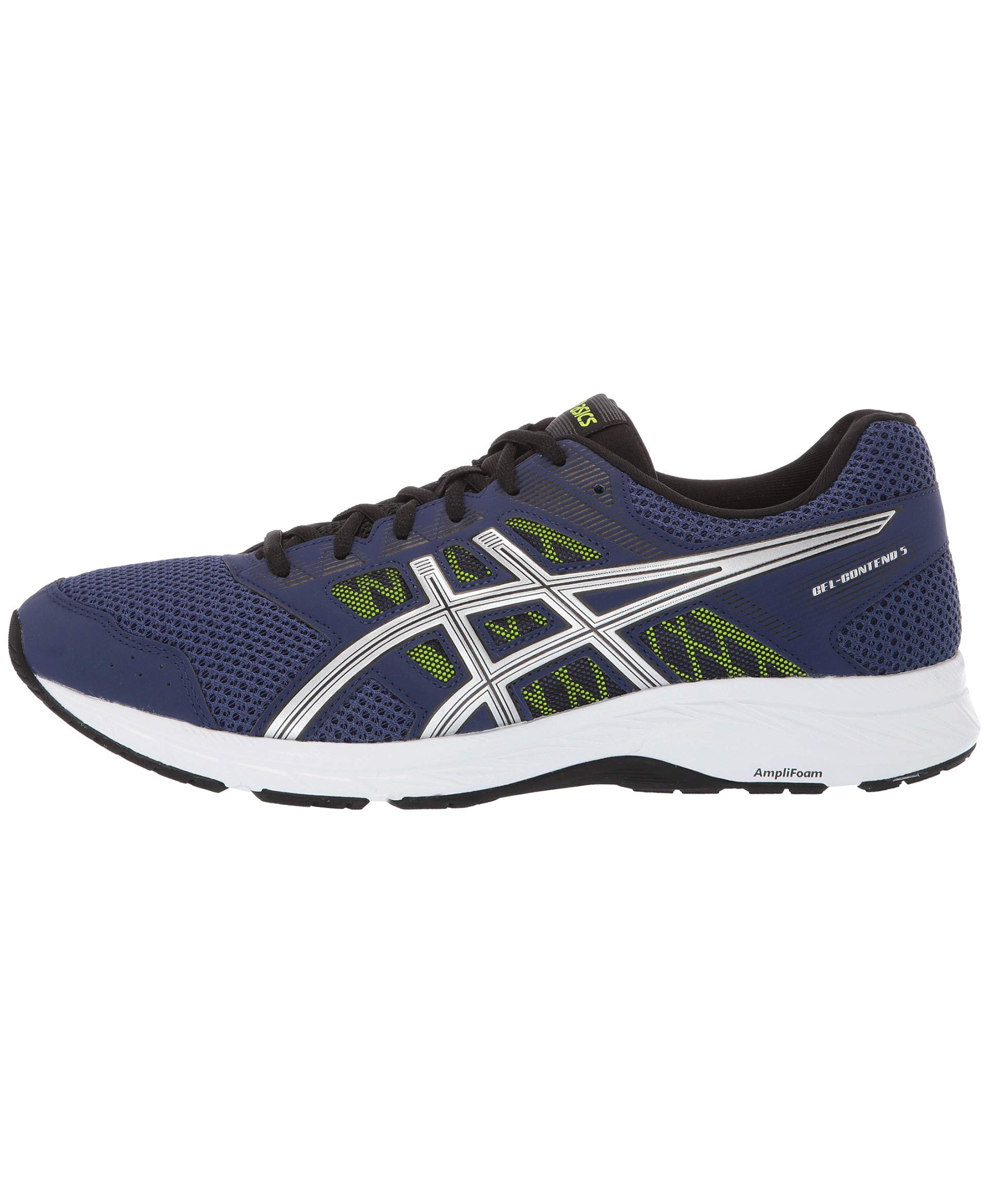Whether you have chronic pain or experience discomfort when sitting for extended periods of time, back pain is extremely common when flying, especially on long flights. I talked to chiropractors, physical therapists, and other health professionals to discover stretches and travel-friendly products to help alleviate back pain when flying.
Editors’ note: Consult your physician before using any products. If stretches cause pain, do not proceed. While a little stretching discomfort is ok, pain is not, and could indicate a larger problem that would require follow-up with your physician.
Travel-Friendly Products for Flying with Back Pain
Below find some easy-to-pack products that can help when flying with back pain, in addition to any prescribed or over-the-counter medication that’s recommended by your doctor.
Stretch Straps or Resistance Bands
A stretch strap or set of resistance bands takes up little space in your carry-on and can be used to stretch out while you wait to board your flight or in your hotel room.
Posture Correctors
If your back pain is caused by poor posture, consider traveling with a more heavy-duty neck pillow that helps with spine alignment. Necksmith makes an inflatable version that, while it’s on the bulkier side, does slim down for packing.
If you experience upper back pain, try an adjustable back straightener that can be discreetly worn under your clothes.
Portable Stimulation
Depending on your type of pain, a portable stimulation device like the Oska Pulse may help. The TSA-approved device works to decrease inflammation and increase blood circulation. It can be worn unobtrusively on the plane during a flight.
Topical Creams
Dr. Craig Banks, DC, CCSP, of Pinnacle Chiropractic recommends KinetiCream and Topricin as non-smelly, pain-relieving options.
Lumbar Support
Whether you invest in a seat cushion, lumbar roll, or back wedge, or just use an airline pillow or a water bottle, using lumbar support helps to put your spine in a neutral position and puts less pressure on your tailbone.
A compression lumbar brace may also help, but you want to make sure it isn’t too tight, says Dr. Banks.
Kinesiology Tape
Depending on the cause of your pain, kinesiology tape may help during a long flight for back pain. I personally use KT tape when I have muscle strain or stress, and find that it helps improve blood flow in cells. See how-to videos to learn how to apply for back, neck, shoulders.
Massage Ball
Whether you use a simple lacrosse ball or something more advanced, like a vibrating massage ball, self-massage to tight areas in muscles or trigger points can help alleviate pain.
James Killian, Principal Therapist & Owner of Arcadian TelePsychiatry, recommends the Professional Vibrating Peanut Massage Ball to his clients with back pain: “One can simply place it behind them in the seat and lean against it to apply the perfect amount of pressure. It has four intensity levels and a 10-minute auto shut-off. I never travel without it now, and every client I’ve recommended it to swears by it.”
Dr. Michelle Collie, DPT, OCS, of Performance Physical Therapy says self-massaging is “especially great for the gluteal (butt), hamstring (backs of legs), and paraspinals (muscles on either side of the spine).”
Pelvic Clock Exercise Device
This is a portable stretching aid, mainly for the hips and lower back. It is easy to travel with and can be used before or after a flight for stretching, as well as while you’re on the plane. Inventor Yana Blinova, MS, recommends using it as support under the coccyx (tailbone) and says the round bottom is great for self-massaging your upper back.
Recommended Stretches for Flying with Back Pain
Pre-Flight Stretches
Dr. Banks recommends three core stretches just before getting on a plane.
- Side bends: In a standing position, reach your right arm down toward your right knee and laterally bend the spine until you feel a gentle stretch. Do not bend forward or backward. Keep your head over your center of gravity. Go back and forth, doing 10 repetitions on each side. Repeat three times.
- Rotations: Again, from a standing position, keep your pelvis straight ahead and slowly twist your shoulders to each side. Go as far as you can without feeling pain. You can hold at the end position for a brief pause. Doing this motion seated can cause problems, so be sure you’re standing. This will also be done back and forth, doing 10 repetitions on each side. Repeat three times.
- Extensions: From a standing position with your hands across your lower back/upper buttocks, slowly extend your lower spine first, followed by your middle spine and finally your neck. Move backward until you feel a slight pinching or pressure in the low back. Then move back toward a neutral standing position. This should be done for three sets of 10 repetitions each.
Stretches You Can Do on the Plane: Seated
Dr. David A. Shapiro, DC, CEO of Complete Spine Solutions, suggests seated knee pulls:
- Seated knee pulls: While in your seat, sitting up straight, and your tray table is up, pull your right knee straight up towards your right shoulder, holding it in place with your hands. Hold for 30 seconds, then switch legs. Repeat a few times an hour. This flexed position takes pressure off the rear joints in the lower back. It is a great stretch for tightened lower back muscles and ligaments.
Dr. Mathew DiMond, DC, DACRB, Assistant Professor of Clinical Services at University of Bridgeport, recommends another stretch you can do while sitting:
- Straight-arm dip: Placing the hands on the seat slightly behind you, lock out your arms and press/lift your body up using the shoulders. This activates the lower trapezius muscles which help to pull the scapula down and together (into a correct position), which can take pressure off the neck muscles. By lifting a bit off the seat, you’ll also relieve pressure by decompressing the low back. Not quite hitting that problem spot? As an added bonus, curling the head into the chest accentuates a stretch to the upper back muscles. If you’re experiencing more low back issues, try contracting the abs into a small crunch to help engage the core.
Dr. Thanu Jeyapalan, Clinical Director of Yorkville Sports Medicine Clinic, recommends these two stretches while sitting:
- Seated lumbar rotation: When you are unable to stand, take some time to stretch your low back muscles. Have your knees together facing forward and turn your upper body to the left and hold for 10 seconds. Repeat onto the other side. This is a good rotational stretch for your low-back musculature.
- Seated figure four stretch: Place one leg over the other knee, and push your knee down as you lean forward. This is a great seated stretch for your glutes and low-back musculature. Make sure you target both sides.
Stretches You Can Do on the Plane: Standing
Blinova recommends getting up and doing the following three standing exercises:
- Sciatic nerve gliding: Stand in the aisle. Slowly swing your leg 30 degrees forward and back. Repeat 10 times and switch sides.
- Side steps: Stand with your feet hip distance apart. Take one step to your right, then one to your left. Repeat 50 times.
- Pelvic tilts: Stand with your knees slightly bent. Rock your pelvis forward and back 10 times. Sway your hips side to side 10 times.
Dr. DiMond also recommends a standing stretch for the major hip flexor, which gets shortened when sitting at a 90-degree angle:
- Standing psoas stretch: Take a two-line stance, with one foot slightly behind and the other slightly in front of the body. Keeping the pelvis facing forward (belly button facing straight ahead), slightly bend the front knee while letting your weight stay over the back leg. Doing this will create a stretch to the front part of the hip. Hold this position for at least three slow breaths and repeat on the other side.
Dr. Collie recommends the following travel exercises:
- Split stance hip flexor stretch: Begin in a split stance, hands on hips. Keeping back leg straight, bend front knee directly over toe until you feel a stretch in the front of your back leg. Hold 20 seconds.
- Standing march: Start standing with your hands on your hips. Raise your knee up towards your chest, then return to starting position and repeat with the other leg. Repeat 20 times.
- Standing lumbar extension: Begin standing with hands on hips. Keeping your chin tucked, bring your chest up toward the ceiling and extend slightly backward. Slowly return to starting position. Repeat three times.
Post-Flight Stretches
Matt Huey, PT, Dip. MDT, who specializes in spine pain, emphasizes that stretching is also important once you get to your destination.
- Press ups: Lie down on your stomach and bring your shoulders and upper body off the ground.
Other Tips for Flying with Back Pain
The number one tip if you’re flying with back pain? Get up and move. According to Dr. Shapiro, “Motion releases endorphins, your body’s natural pain reliever. … It not only releases endorphins but also pumps toxins out of the lower back discs, which are hypersensitive to pain.”
Almost all of the health professionals I talked to recommended getting up at least once every hour, and adjusting your seated position every 20 minutes or so.
Dr. Collie suggests taking the stairs at the airport and walking around, and if you use a fitness tracker, she says to set a goal of 1,000 steps at each airport you’re at. Her other tips include wearing comfortable footwear and clothing that you can walk in, as well as traveling with a bag that you can walk with.
Other general tips from Dr. Burns:
- Sit as much as you can on your legs as opposed to your tailbone. Flexion of the lumbar spine causes an increase in pressure to the joints and discs, which creates pain. By focusing pressure more on your thighs, your back will maintain its healthy curve.
- Drink plenty of water before the flight. Even if it means having to get up to use the restroom, your back does better when your body is well hydrated.
- Eat light. A heavy meal will sit with you and increase blood flow to the digestive system and away from the low back.
- Skip the recline. When you recline the seat back, you may be tempted to slump down and flex the lower back more.
- Watch your neck. If your head and neck are flexed down in order to read or use your mobile device, it tugs at the spinal cord, creating tension and pain along the whole back and possibly even the arms and legs.
Everything You Need While Flying with Back Pain
More from SmarterTravel:
- 7 Tips for Traveling with Back Pain
- How to Pack a Backpack: 5 Essential Tips
- Sleeping on Planes: 13 Tips for Travelers
Ashley Rossi is always ready for her next trip. Follow her on Twitter and Instagram for travel tips, destination ideas, and off the beaten path spots.
We hand-pick everything we recommend and select items through testing and reviews. Some products are sent to us free of charge with no incentive to offer a favorable review. We offer our unbiased opinions and do not accept compensation to review products. All items are in stock and prices are accurate at the time of publication. If you buy something through our links, we may earn a commission.
Related
Top Fares From
Today's Top Travel Deals
Brought to you by ShermansTravel
Porto to Lisbon: 7-Nt, Small-Group Portugal...
Indus Travels
 vacation
$1899+
vacation
$1899+
Greenland: Luxe, All-Incl. 11-Nt Exploration Small-Ship...
Swan Hellenic



Ohio: Daily Car Rentals from Cincinnati
85OFF.com


